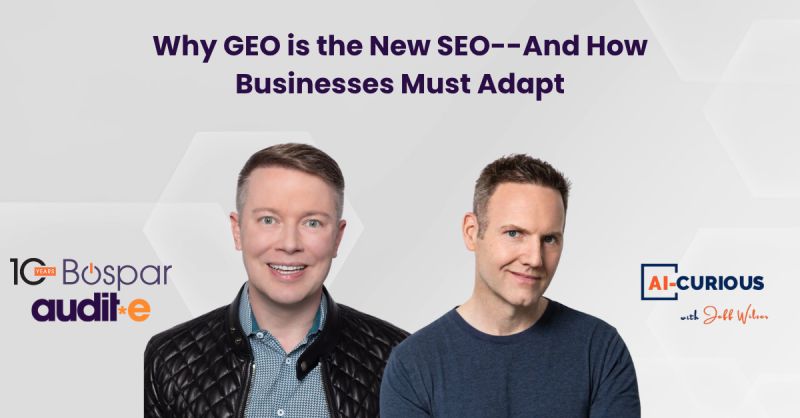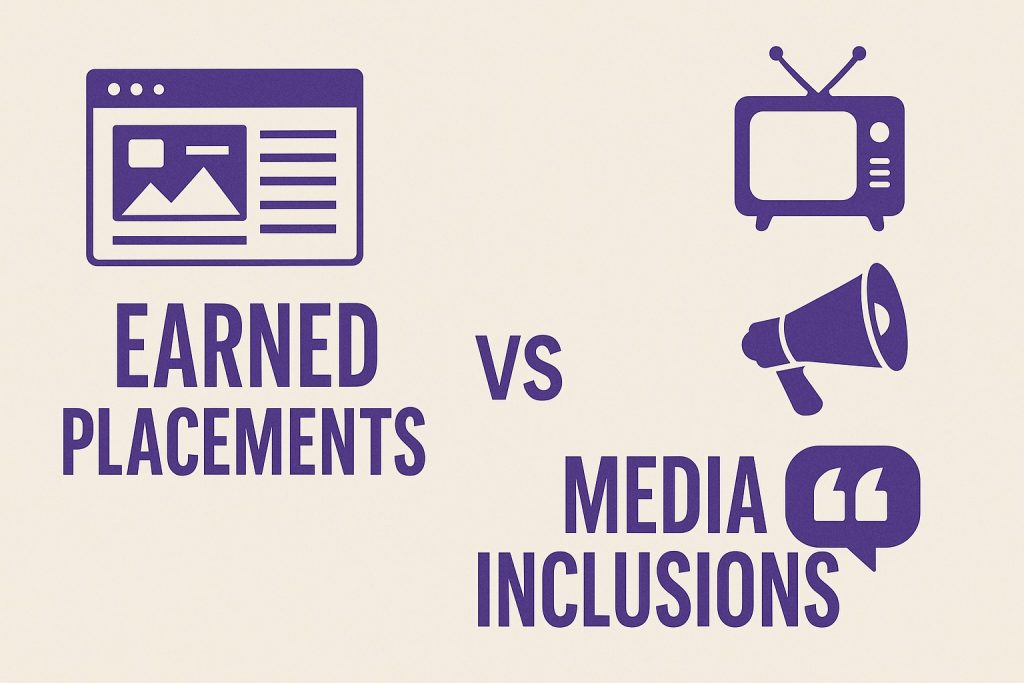How, when and why did you get into PR and the healthcare and wellness space?
After graduating from UC Santa Barbara with a communications degree, I wanted to return to Los Angeles and sink my teeth into communications. I landed a job in celebrity entertainment public relations – and I loved it. It was old school Hollywood: Barbra Streisand, Gene Hackman, Pierce Brosnan. During my four years in the job, I had the opportunity to attend grand events like the Emmys and the Oscars, go on press junkets and start building my media relations skills.
While at that agency, I was fortunate to work on a unique client that sold a lingerie line. The show “Sex and the City” was big at the time, so we reached out to the costume designers, show stylists and wardrobe folks. In the process, I discovered that I love the product side of PR. So, I decided I was done walking the red carpet with clients. I wanted to focus on product PR.
Then I went into health and beauty, where I worked on great luxury wellness products including OPI nail lacquer and Murad skincare. It kept evolving from there – from doing public relations for Mattel products such as Barbie and Baby Einstein to nutrition and health & wellness offerings.
For many years I was with an agency’s food nutrition sector, supporting consumer packaged goods brands such as Sunsweet and Nestle and the California Milk Advisory Board. All these accounts had a nutrition component to them. For example, for Sunsweet, we would emphasize the benefits of prunes and work with a researcher to highlight the fruit’s bone health benefits.
I loved this sector so much that I enrolled in health and nutrition classes at night at UCLA to become more marketable at my current agency and gain a better understanding for my clients of the marketing language around food labeling and food sourcing and recipe development.
Another of our clients was biotechnology company Amgen Pharmaceuticals, which is based in Thousand Oaks, Calif. I still live just a few miles down the road from the company. We supported Amgen’s employee communications program, so I had an opportunity to be at Amgen a few days a week, which really rooted me in their culture and their pharmaceutical brand.
These experiences led me here, to Bospar, working on the tech side of health & wellness.
What kind of healthcare and pharmaceutical clients are you working with now?
One of my current clients, which the Bospar team has been working with for more than a year, is a pharmaceutical brand that manufactures different drug therapies to help patients who are living with alcohol use disorder, opioid use disorder, bipolar disorder and schizophrenia.
We pitch business, consumer and healthcare trade media for this client and have had great success securing earned media coverage. Part of the reason is that we have the right assets when going out to media. We have patient success stories, access to healthcare professionals and, in some cases, data from clinical trials and studies. All of that helps us to get solid coverage.
For example, we secured a great consumer placement in Essence. The story featured one of our healthcare professionals talking about bipolar disorder and even mentioning the drug by name. The week that story went live, the client said its website saw an in a 20% increase in traffic.
What important trends are you seeing in the healthcare, wellness and pharma space?
Healthcare costs overall are rising, including increasing prescription costs, and there are drug shortages. We’re seeing it with Adderall as well as with diabetes management drug therapies.
We’ve seen shortages of semiglutide drugs like Wegovy, which were designed for diabetes management, but they are now FDA-approved and being marketed for weight loss.
Insurance costs and healthcare shortages are also concerns. COVID really turned things upside down. The healthcare industry was already dealing with burn out long before the pandemic, but COVID was the icing on the cake. Many frontline nurses and physicians have left the industry.
There’s a shortage of pharmacists, too. Demands on pharmacists continue to go beyond filling prescriptions, counseling people on their prescriptions and occasionally administering vaccines. Now many people prefer to go to their local CVS, Walgreens or other pharmacy for vaccines, whether that’s for Shingles, COVID or the flu, versus making an appointment with their doctor.
How does AI figure into what’s going on in healthcare?
AI is a big focal point of conversations. Questions people are asking and considering include: How much AI should be in an operating room? Should AI be in a physician’s office? So we have an opportunity to tap into how consumers feel and use that as part of our clients’ narratives.
PR professionals can also newsjack existing stories, leverage clients’ existing data or work with clients to conduct research and promote their findings on patient sentiment or behaviors related to AI, the high cost of drugs, medication adherence and/or other important healthcare topics.
Medical developments and terminology can get pretty technical. How can companies and their PR teams work to make these stories more relatable for journalists and their readers?
Earlier this year we leveraged a healthcare client’s data on drug efficacy for a PR campaign. For the healthcare trades, we didn’t need to massage the language because those trades expect to see the technical vocabulary. But on the consumer side, we needed to adjust the language a bit.
My point is that how you talk about things really depends upon who and what you’re pitching.
Why do you think that PR is so valuable for organizations right now?
In this day and age, when just about everyone has a phone and can use their devices to take a video and post it to social media, PR is an important piece of the pie for many brands.
If you’re relying solely on social, marketing or just a combination of two, you’re missing an important opportunity to get your message to your audience and keep your brand top of mind.
Why should healthcare, pharma and wellness companies pick Bospar as their PR partner?
Bospar is an expert in this space. We have long-standing successful relationships with media. We understand what resonates and what’s important to healthcare IT trades versus healthcare trades versus consumer publications. For example, if a client has developed a cybersecurity solution for healthcare companies, that’s also a security angle for security trade publications.
We have great insights into how to get you in front of the key decision makers. It’s not just one angle. It’s not just one sector of the industry that we focus on and ignore the others. We really build a robust program. Because the CIO of a healthcare company could, for example, be reading Men’s Health and see something on you. That person may also be reading Healthcare IT Today. With the variety of business, consumer and trade news sources that we have nowadays, as well as with social media, there is a lot of opportunity to use PR to reach the right audiences.




